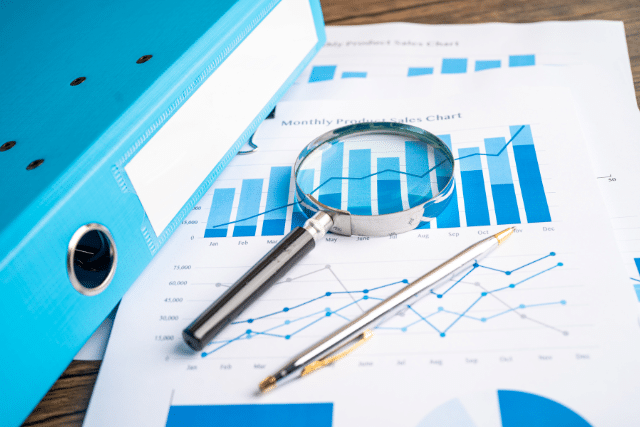Over the past decade, flipping has steadily gained popularity as a clever means to earn a hefty profit from originally low-value properties. Flipping is not just for the residential market. Another promising and less saturated option is flipping commercial real estate.
In fact, despite the pandemic, flippers have maintained a modicum of success with gross returns for U.S. home flippers at the highest they’ve been in 20 years at 44.4%.
According to the real estate and investment firm CBRE, the commercial sector is headed towards recovery as more offices resume work, adjusted retail operations require more space, and restrictions are lifted. Recently, the demand for commercial spaces has been so great, that a report by the Wallstreet Journal even says that commercial real estate sales are back to pre-pandemic numbers. To maximize the opportunities of a commercial real estate flip even further, here are some helpful tips to keep in mind.
1. Keep a Network of Brokers, Bankers, Agents, Attorneys, and Potential Buyers
To limit unnecessary bills and maximize the usability of a space, it’s best to keep in touch with stakeholders like brokers, buyers, and attorneys. This way you will better anticipate the specific requirements a potential buyer or tenant may have before you shell out any resources. Other than that, having connections with bankers and the like will inform you of when a foreclosed or repossessed property has just hit the market. This effectively gives you first dibs on a property before other flippers catch wind of it.
2. Consider the Investment-Value of the Neighborhood
Remember, you’re not just selling the property, but also the neighborhood it’s in. You can build a stellar commercial space. But if it’s in a bad neighborhood, then the value of your property decreases. Some of the key-value indicators are crime rates, accessibility, and proximity to other amenities. And aside from studying current sales rates, finance site AskMoney suggests proactively researching future developments to gauge long-term equity. This means asking about any new amenities that may be planned as well as municipality efforts. This information will give you a better approximation of what a property’s value will look like down the line.
3. Focus on Foundations, Then Feature
While it can be hard to look past a rundown exterior, what matters more is a property’s understructure. Superficial issues are easy fixes, but foundational problems are dangerous and costly. When choosing a property, weigh the value of its most important factors like internal support systems, original features, and architecture.
A few universally crucial features include HVAC, plumbing, insulation, and digitally-optimized wiring and connectivity. Aside from being some of the most important features for tenants, these can also significantly hike up your asking price. Essentially, if a property has good bones, it’s easier and comparatively cheaper to deal with cosmetic fixes. And when it comes to cosmetic upgrades, HGTV shares that a new paint job is one of the most affordable and effective. Pair the right color with a bit of interior design, and that’s already a huge boost to the property’s value.
4. Be Flexible with an Online Presence
In the Real Estate in a Digital Age report, it’s revealed that the typical buyer or renter used their mobile device to search for properties online. The report also shows that over 70% of all tenants or buyers used their phones and social media for real estate purposes. Despite this, our post on ‘The Future of Commercial Real Estate’ found that real estate is the second least digitized industry globally. That said, having a dedicated, accurate, and active online account is the best way to attract prospects. By improving your marketing efforts to include relevant platforms, you’re making your services and properties more accessible and attractive to the mobile-first buyer.
At the end of the day, there’s also a level of risk with flipping. However, by doing your research, listing your priorities, and staying agile with the market, you can reduce the chances of loss and make a decent profit.
For more information on the current commercial real estate scene, check out the rest of the STRATAFOLIO website.






